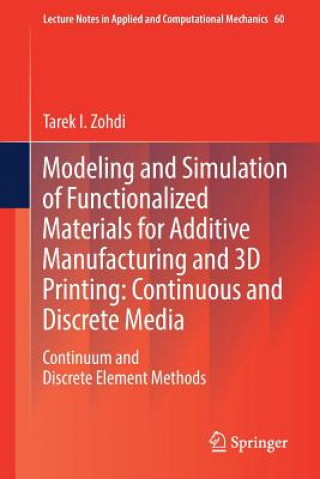
Kód: 18255102
Modeling and Simulation of Functionalized Materials for Additive Manufacturing and 3D Printing: Continuous and Discrete Media
Autor Tarek I. Zohdi
Within the last decade, several industrialized countries have stressed the importance of advanced manufacturing to their economies. Many of these plans have highlighted the development of additive manufacturing techniques, such as ... celý popis
- Jazyk:
 Angličtina
Angličtina - Väzba: Brožovaná
- Počet strán: 298
Nakladateľ: Springer International Publishing AG, 2017
- Viac informácií o knihe

252.53 €

Skladom u dodávateľa v malom množstve
Odosielame za 12 - 17 dní
Potrebujete viac kusov?Ak máte záujem o viac kusov, preverte, prosím, najprv dostupnosť titulu na našej zákazníckej podpore.
Pridať medzi želanie
Mohlo by sa vám tiež páčiť
-

Oarsmen at Chatou Auguste Renoir 500-Piece Jigsaw Puzzle
19.68 € -7 % -

Broken
12.60 € -13 % -

Josiah the Great
16.29 € -13 % -

Influence of English Language in the Arab World
11.37 € -

To Hell and Back
16.70 € -23 % -

Chibičky
3.17 € -21 %
Darujte túto knihu ešte dnes
- Objednajte knihu a vyberte Zaslať ako darček.
- Obratom obdržíte darovací poukaz na knihu, ktorý môžete ihneď odovzdať obdarovanému.
- Knihu zašleme na adresu obdarovaného, o nič sa nestaráte.
Viac informácií o knihe Modeling and Simulation of Functionalized Materials for Additive Manufacturing and 3D Printing: Continuous and Discrete Media
Nákupom získate 623 bodov
 Anotácia knihy
Anotácia knihy
Within the last decade, several industrialized countries have stressed the importance of advanced manufacturing to their economies. Many of these plans have highlighted the development of additive manufacturing techniques, such as 3D printing which, as of 2018, are still in their infancy. The objective is to develop superior products, produced at lower overall operational costs. For these goals to be realized, a deep understanding of the essential ingredients comprising the materials involved in additive manufacturing is needed. The combination of rigorous material modeling theories, coupled with the dramatic increase of computational power can potentially play a significant role in the analysis, control, and design of many emerging additive manufacturing processes. Specialized materials and the precise design of their properties are key factors in the processes. Specifically, particle-functionalized materials play a central role in this field, in three main regimes: (1) to enhance overall filament-based material properties, by embedding particles within a binder, which is then passed through a heating element and the deposited onto a surface, (2) to "functionalize" inks by adding particles to freely flowing solvents forming a mixture, which is then deposited onto a surface and (3) to directly deposit particles, as dry powders, onto surfaces and then to heat them with a laser, e-beam or other external source, in order to fuse them into place. The goal of these processes is primarily to build surface structures which are extremely difficult to construct using classical manufacturing methods. The objective of this monograph is introduce the readers to basic techniques which can allow them to rapidly develop and analyze particulate-based materials needed in such additive manufacturing processes. This monograph is broken into two main parts: "Continuum Method" (CM) approaches and "Discrete Element Method" (DEM) approaches. The materials associated with methods (1) and (2) are closely related types of continua (particles embedded in a continuous binder) and are treated using continuum approaches. The materials in method (3), which are of a discrete particulate character, are analyzed using discrete element methods.
 Parametre knihy
Parametre knihy
Zaradenie knihy Knihy po anglicky Technology, engineering, agriculture Industrial chemistry & manufacturing technologies
252.53 €
- Celý názov: Modeling and Simulation of Functionalized Materials for Additive Manufacturing and 3D Printing: Continuous and Discrete Media
- Autor: Tarek I. Zohdi
- Jazyk:
 Angličtina
Angličtina - Väzba: Brožovaná
- Počet strán: 298
- EAN: 9783319700779
- ISBN: 3319700774
- ID: 18255102
- Nakladateľ: Springer International Publishing AG
- Hmotnosť: 508 g
- Rozmery: 157 × 240 × 22 mm
- Dátum vydania: 22. December 2017
Obľúbené z iného súdka
-
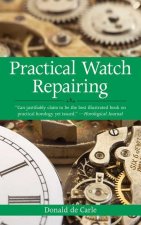
Practical Watch Repairing
13.01 € -21 % -

System Engineering Management 5e
196.65 € -

FLUID MECHANICS: FUNDAMENTALS AND APPLICATIONS, SI
74.94 € -2 % -

World Class Manufacturing
20.19 € -6 % -
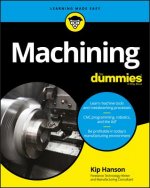
Machining For Dummies
28.80 € -20 % -

3D Printing
108.88 € -

Advanced Cleaning Product Formulations, Vol. 5
171.12 € -

Mass Customization and Footwear: Myth, Salvation or Reality?
139.74 € -
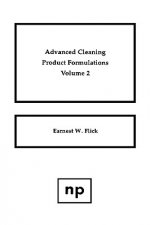
Advanced Cleaning Product Formulations, Vol. 2
102.01 € -

Bending Solid Wood To Form
25.11 € -

Solid and Laminated Wood Bending
30.95 € -

Roll Forming Handbook
447.03 € -

Advanced Water Technologies
230.79 € -

New Gypsy Caravan
17.22 € -

Environmental Life Cycle Assessment
205.36 € -

Arts, Crafts and Traditional Industries
40.90 € -

Refrigeration & Air Conditioning Technology
152.97 € -

Carbon and Coal Gasification
415.25 € -

First Course in the Finite Element Method, Enhanced Edition, SI Version
103.96 € -

Manufacturing Execution System - MES
177.37 € -

Metal Cutting Theory
227.41 € -

Chinese Biogas Manual
29.42 € -

Electrocoat
234.99 € -
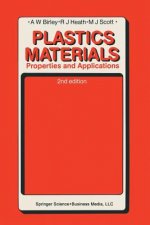
Plastics Materials
70.94 € -

Industrial Chemistry
96.78 € -3 % -
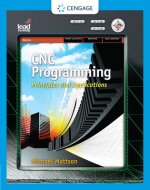
CNC Programming
140.05 € -
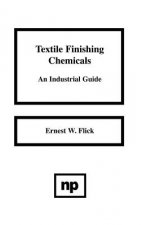
Textile Finishing Chemicals
102.01 € -

Companion to Textile Culture
241.97 € -

Injection Molding - Theory and Practice
471.43 € -
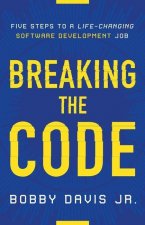
Breaking the Code
16.60 € -4 % -

Material Value
19.47 € -4 % -

Adsorption: Science and Technology
415.25 € -

Safety Relief Valve Handbook
161.38 € -
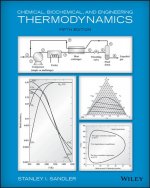
Chemical and Engineering Thermodynamics, 5e
109.19 € -

Manufacturing Technology
28.49 € -
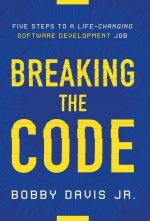
Breaking the Code
25.21 € -3 % -

Essentials of Manufacturing Engineering Management
34.65 € -4 % -

Digital Electronics
120.57 € -

Manufacture of High Temperature Superconducting Tapes and Films
36.18 € -

Residential Oil Burners
247.20 € -

Residential Construction Academy: Principles for Construction
70.22 € -

Welding Skills, Processes and Practices for Entry-Level Welders
201.06 € -
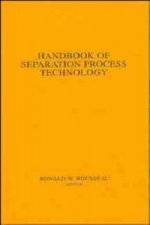
Handbook of Separation Process Technology
577.35 € -
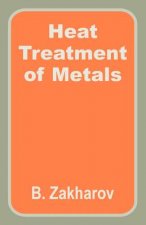
Heat Treatment of Metals
57.41 € -

Charms and Charm Bracelets: the Complete Guide
38.85 € -5 % -

Phthalates & Bisphenol
323.68 € -12 % -

Basic Manufacturing Processes
38.54 € -

Significant Changes to the International Plumbing, International Mechanical, and International Fuel Gas Code, 2006 Edition
78.84 € -

CRC Handbook of Tables for Applied Engineering Science
419.24 €
Osobný odber Bratislava a 2642 dalších
Copyright ©2008-24 najlacnejsie-knihy.sk Všetky práva vyhradenéSúkromieCookies


 21 miliónov titulov
21 miliónov titulov Vrátenie do mesiaca
Vrátenie do mesiaca 02/210 210 99 (8-15.30h)
02/210 210 99 (8-15.30h)